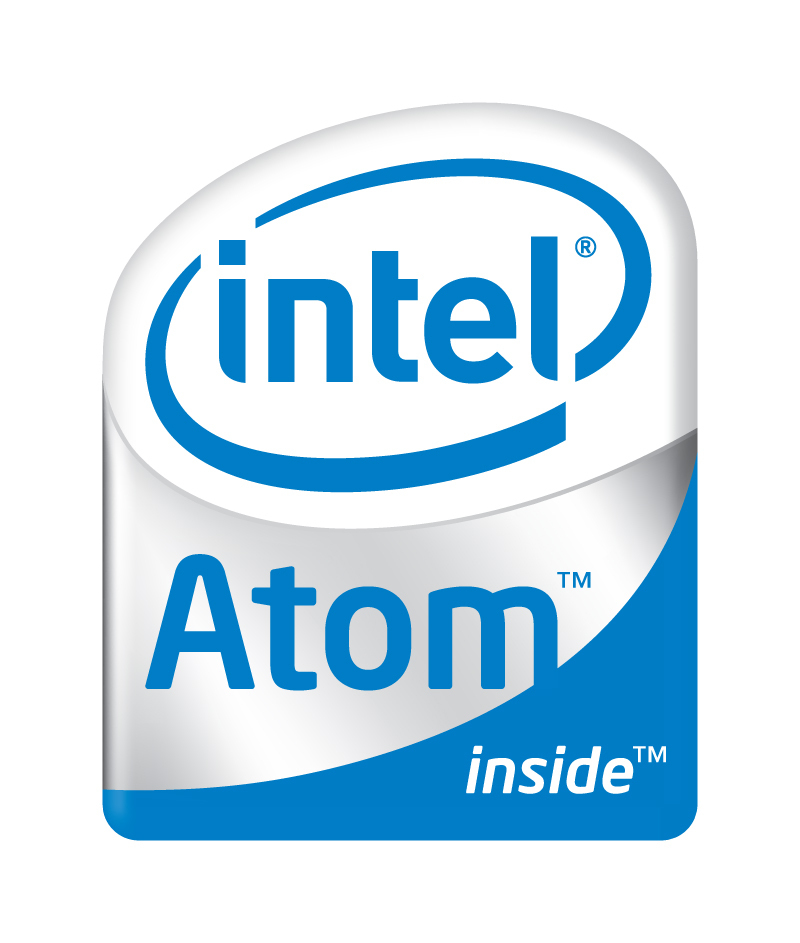Intel Making Industrial Strength Atom CPU
While we may know of the Atom CPU right now as the brains inside nearly every netbook on the market, Intel’s got more diverse aspirations for its tiniest current processor.
To make its Atom more, shall we say, multipurpose, Intel announced four new versions of the Atom Z5xx line include industrial-temperature options as well as different package-size choices.
Newly listed on an Intel webpage are new Atom Z510, Z520 and Z530 chips, running at 1.1, 1.3 and 1.6 GHz, respectively. But what sets the new chips apart is the P or PT suffix at the end of the model name.
The Z510P and Z530P share many of the same specifications as the other chips in the family with the similar name, except that they are packaged as 437-ball FCBGA8 (22x22 mm), as opposed to the 441-ball FCBGA8 USFF (13x14 mm).
Things get even more interesting with the Z510PT and Z520PT. Both share the same package as the ‘P’ processors, but instead of the usual commercial-grade 0 to +70° C, the ‘PT’ chips are designed to operate in industrial temperatures of -40 to +85° C.
Intel hopes that these more hardy Atoms will be of use inside cars, industrial control and automation, media phones and various eco-technologies.
"With the addition of these new products, we can bring the benefits of Intel processors to new applications, devices and customers who develop products used in unconstrained thermal environments with low-power in mind," said Doug Davis, vice president, Digital Enterprise Group and general manager, Embedded and Communications Group, Intel. "Meeting the needs of embedded environments and new market segments will play a large role in delivering the connectivity and functionality necessary as the number of devices connecting to the embedded Internet is expected to grow to an estimated 15 billion devices by 2015."
Get Tom's Hardware's best news and in-depth reviews, straight to your inbox.
Intel added that it has committed the Atom to a 7-year lifecycle for industries that operate on a slower product refresh schedule, such as in the automotive industry. The new chips will be available in the second quarter.
In related news, Intel on Monday announced an agreement with TSMC to allow the production of Atom-based System on Chip (SoC) devices outside of Intel factories.
-
bone squat I thought this article would be about super strong atoms that can withstand like 30034093 Gs or something. Thermal spec for such a wimpy CPU, who cares? It is slow anyways. I guess they will be using these in ovens now to display a clock and timer? Will they use them in thermometers to test lava temperature? Ha - of course I am being impractical but seriously. I don't see how this cpu is special in it's task to save the world in high or low temps. Most people are smart enough to use cooling devices to use whatever CPU they want...or a natural heatsource such as A MOTHERBOARD or computer case! Gah - stupid idea for tree hugging hippies that love power savings.Reply -
FrustratedRhino @ Bone Squat, how much processing power does a robotic arm that is welding a door need?Reply -
mtyermom Media phones? Really? Isn't the Atom poor from a power efficiency to computational power perspective?Reply -
@ Bone Squat: Likewise, how much processing power does an animal tracking tag (like those used to track large aquatic life) need while running on a limited power supply?Reply
-
98silvz71 I think that it would be nice inside some navigation car units. Most of them can be quite slow, maybe the Atom can change that.Reply -
bone squat I am being sarcastic numb skulls. I know there are serious applications - just being ignorant. Geez - bring some humor in here.Reply -
neiroatopelcc What exactly is different about these atoms compared to the normal ones? (except for the socket) The normal ones can likely sustain those operating temperatures as well ...Reply

